The best-selling local spirits Brand Champions 2025
By Rupert HohwielerThere were ups and downs for local spirits last year, but one brand remained head and shoulders above the rest.
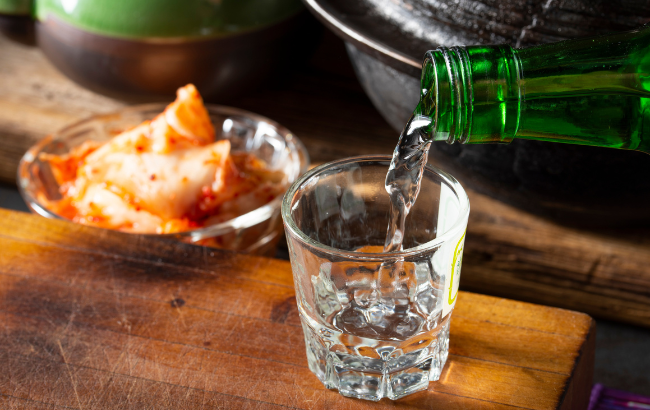
Making an international breakthrough can prove a challenge for locally produced spirits like Chinese baijiu and Korean soju. These spirits may rule the roost on their home turf, but as spirits like whisky and Tequila assert themselves away from their main markets, perhaps the likes of baijiu and soju need to follow suit.
Soju is already on its way, making ground in both the US and the UK with its two biggest players, Hite-Jinro and Lotte Liquor. Unique flavours and a willingness to explore new things are trending among younger consumers (namely Generation Z). These trends are opening the door for local spirits to make a name for themselves outside of their domestic markets.
Chilean pisco is another spirit that leads the way domestically, but is starting to explore life abroad, with a renewed push in the UK. Looking around the rest of the world, the sole cachaça brand on this year’s list struggled, while Diageo’s two raki brands saw contrasting results.
Continue reading to see the biggest performers from The Brand Champions 2025 report.
The data is listed to one decimal place for ease of reading, but the percentage changes were calculated on the full data supplied. All data is recorded in millions of nine-litre cases.
9. Tekirdag Raki
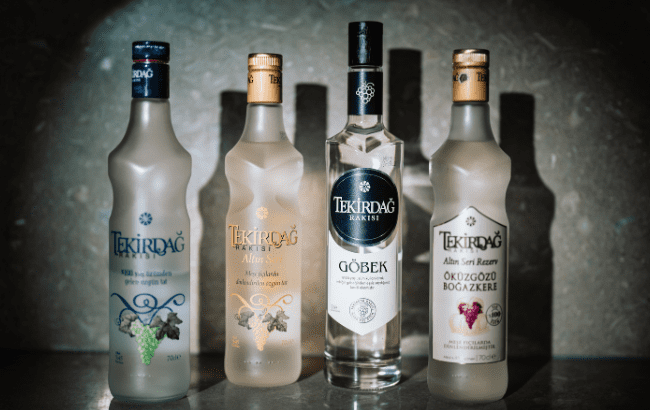
Owner: Diageo
Volume: 2020: 0.6m | 2021: 0.9m | 2022: 0.9m | 2023: 1.1m | 2024: 1.1m
% change: 4.8%
Place last year: 9
The first of Diageo’s Raki brands on this list, Tekirdag Raki, is now selling nearly double the number of cases as it did back in 2020.
Despite this progress, at 4.8%, its growth last year was small in comparison with the year prior, when it passed one million cases for the first time and increased its sales by 12.9%.
8. Shui Jing Fang
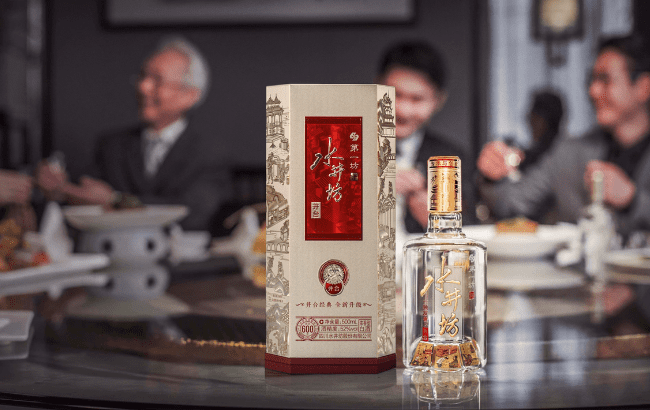
Owner: Diageo
Volume: 2020: 0.9m | 2021: 1.2m | 2022: 1.3m | 2023: 1.4m | 2024: 1.5m
% change: 4.3%
Place last year: 8
Last year’s Local Spirits Brand Champion and another Diageo brand, Shui Jing Fang baijiu continues to grow at a consistent pace – now at 1.5m cases sold.
Baijiu sales are down in its home base of China, which accounts for more than 95% of the spirit’s consumption. According to data from IWSR on the Asia Pacific region, spirits in China are expected to decline at a compound annual growth rate of 1% over the next 10 years.
On the positive side, foreign markets have been recognised as a potential avenue for further growth.
7. Yeni
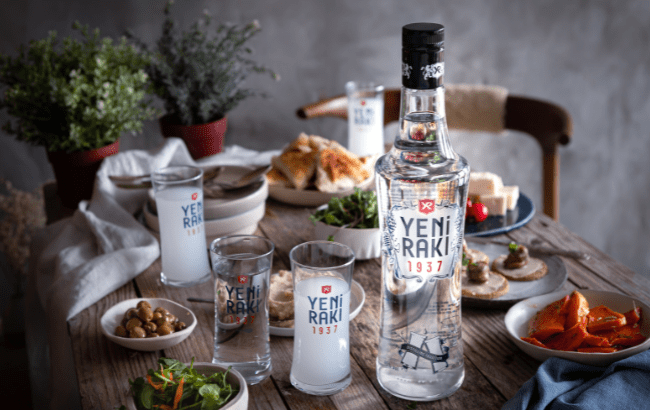
Owner: Diageo
Volume: 2020: 2.1m | 2021: 2.3m | 2022: 2.3m | 2023: 2.3m | 2024: 2.0m
% change: -12.7%
Place last year: 6
Yeni is Diageo’s biggest raki brand, exceeding Tekirdağ, Kulüp, Altinbaş, İzmir, Civan, Vefa and Tayfa and having moved more than 2m cases annually for the past five years.
This status could be set to change, however, based on this year’s figures. The brand is teetering on the edge of 2m, with a double-digit drop of 12.7%, with last year marking the brand’s weakest since the turn of the decade. In its home base of Turkey, pricing adjustments have been made in response to inflation, which Diageo noted in its financial report for fiscal 2024 has led to a volume decline in raki.
6. Mistral
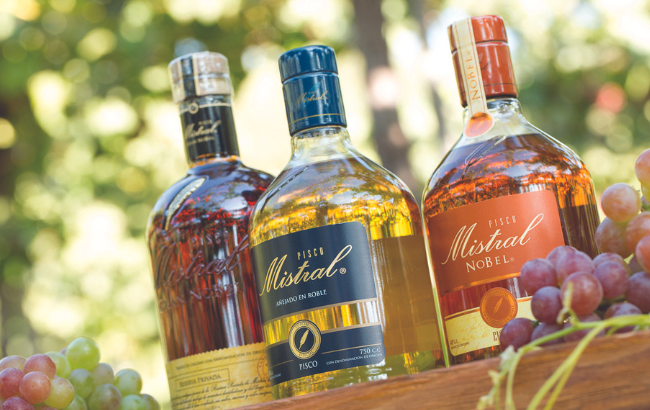
Owner: Compañia Pisquera de Chile
Volume: 2020: 1.6m | 2021: 2.3m | 2022: 2.4m | 2023: 2.3m | 2024: 2.3m
% change: 0.9%
Place last year: 7
Exports of Chilean pisco have been increasing at a steady rate over the years. The same can be said of Mistral, the pisco owned and produced by Compañia Pisquera de Chile.
While it’s much higher than where it was in 2020, the brand is just behind its highs of 2022. Perhaps a push in the UK, where exports of pisco have jumped by 100% in comparison with the yearly average over the past five years since 2019, could be where it makes its next leap.
5. Kanoka
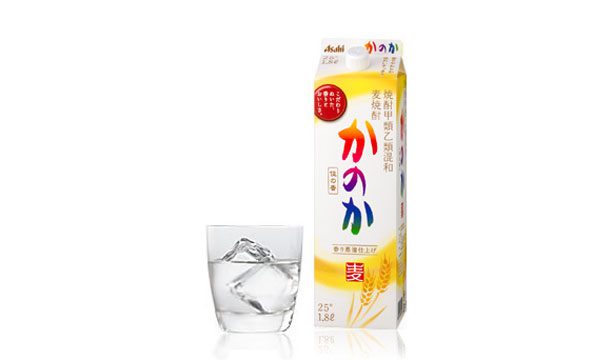
Owner: Asahi Breweries
Volume: 2020: 3.6m | 2021: 3.4m | 2022: 3.3.m | 2023: 3.3m | 2024: 2.8m
% change: -15.2%
Place last year: 4
After holding firm last year, ending a streak of three straight years of decline, shōchū brand Kanoka let its grip on three million cases slip, moving down to 2.8m. The 15.2% drop represents the steepest on this list.
Kanoka shōchūs are said by parent company Asahi Breweries to be ‘highly aromatic’ owing to their yeast selection and breeding techniques. The brand offers different versions made from barley, rice and sweet potatoes.
4. Ypióca
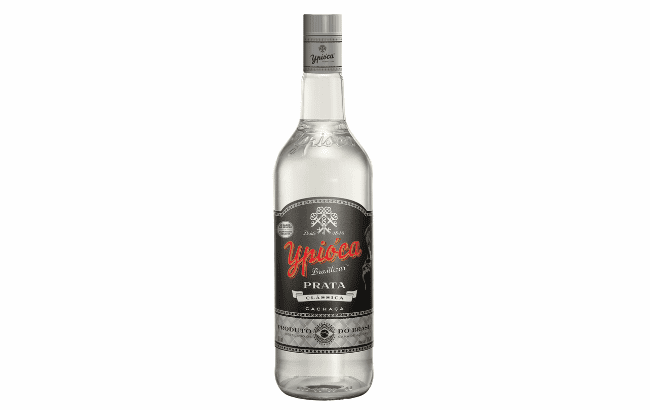
Owner: Diageo
Volume: 2020: 4.2m | 2021: 3.6m | 2022: 3.7m | 2023: 3.3m | 2024: 3.0m
% change: -7.7%
Place last year: 5
Ypióca may have jumped up a spot on this year’s local spirits rankings, but that will be a very minor consolation prize for Diageo’s primary cachaça brand. The lofty heights of 2020 feel far away for a brand that was once selling more than 4m cases. Now at 3m, its drop was 7.7%.
In the brand’s home market of Brazil, Diageo’s net sales grew by 12% in fiscal 2024. However, it was Scotch, not the national spirit of cachaça, that was credited with the rise – primarily Johnnie Walker and Old Parr.
3. Iichiko
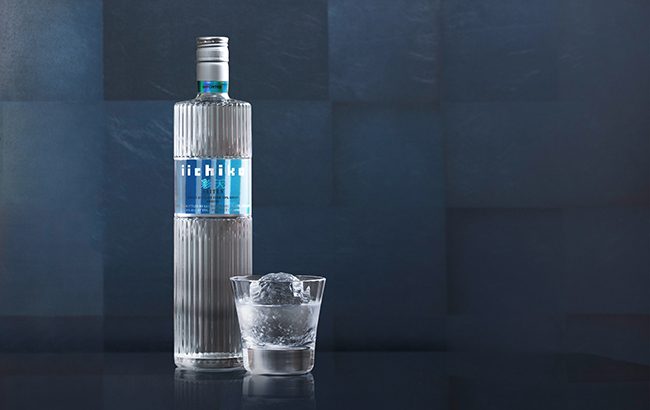
Owner: Sanwa Shurui
Volume: 2020: 7.1m | 2021: 7.0m | 2022: 7.0m | 2023: 6.5m | 2024: 6.2m
% change: -3.4%
Place last year: 3
The slide continues for Sanwa Shurui’s shōchū, although its 3.4% fall was a small one in comparison with the other shōchū on this list. It remains the biggest-selling shōchū in The Brand Champions.
Shōchū’s troubles could be more of a category issue than a brand issue, though, with many calling for more marketing support. Iichiko itself has taken on the initiative in the past year, launching a cocktail competition and targeting the US on-trade as it bids to enter the mainstream as a go-to spirit for cocktails.
2. Chum Churum

Owner: Lotte Liquor
Volume: 2020: 19.9m | 2021: 19.0m | 2022: 26.0m | 2023: 27.0m | 2024: 27.5m
% change: 1.6%
Place last year: 2
Of all local spirits categories, Korean soju seems to be trending best with international consumers. A shining example is Lotte Liquor’s Chum Churum, which has experienced continuous growth over the past five years. In 2024, the brand reached 27.5m nine-litre cases after a 1.6% boost.
America’s recent fixation with Korean culture, led by K-Pop and K-Dramas, has helped the soju’s popularity immensely. At the start of 2024, Lotte partnered with the spirits arm of California-based Gallo for its US distribution. In the period since, its soju brands Soonhari (flavoured) and Chum Churum (unflavoured) rocketed by 700% in volume in the region, in the year to March 2025.
Wonkuk Lee, part of Lotte Chilsung Beverage’s soju brand marketing team, sees the US as “one of the most promising markets in the coming years” for the brand, while for the mid-long term, the idea is firmly about “expanding the global market beyond domestic Korea”.
1. Jinro
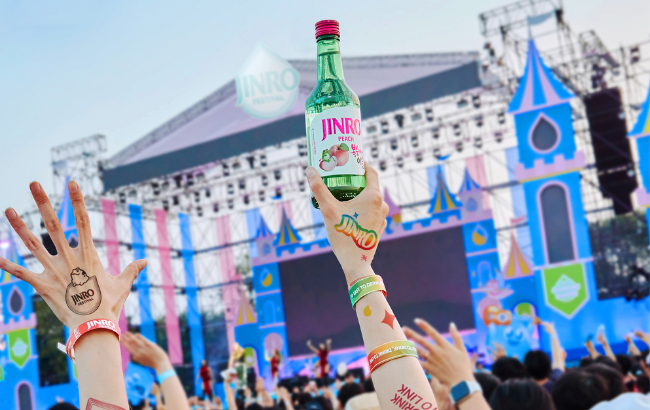
Owner: Hite-Jinro
Volume: 2020: 95.3m | 2021: 94.5m | 2022: 100.9m | 2023: 97.4m | 2024: 96.8m
% change: -0.6%
Place last year: 1
Despite the tiniest of drops, at 0.6%, Jinro is still light years ahead of the rest of the pack as the world’s best-selling local spirits brand. It is more than three times bigger than its fellow soju brand Lotte Liquor. Its huge sales also make it the world’s biggest-selling spirit, according to data provided for our Brand Champions reports.
If Lotte Liquor is locked in on the US, Jinro’s owner Hite-Jinro has its eyes on the UK, expanding its visibility in the region with an activation at this year’s Taste of London festival to go with its continued presence at All Points East festival. The brand now has listings in UK supermarkets Sainsbury’s, Costco, Morrisons, and Tesco.
As part of its plans to ‘globalise soju’, construction is underway on the company’s first overseas production plant in Vietnam. Once ready in 2026, it will make 5m cases per year. Good luck to any brands that harbour a hope of catching up…
Related news
Local and foreign spirits are neck and neck in South Africa
